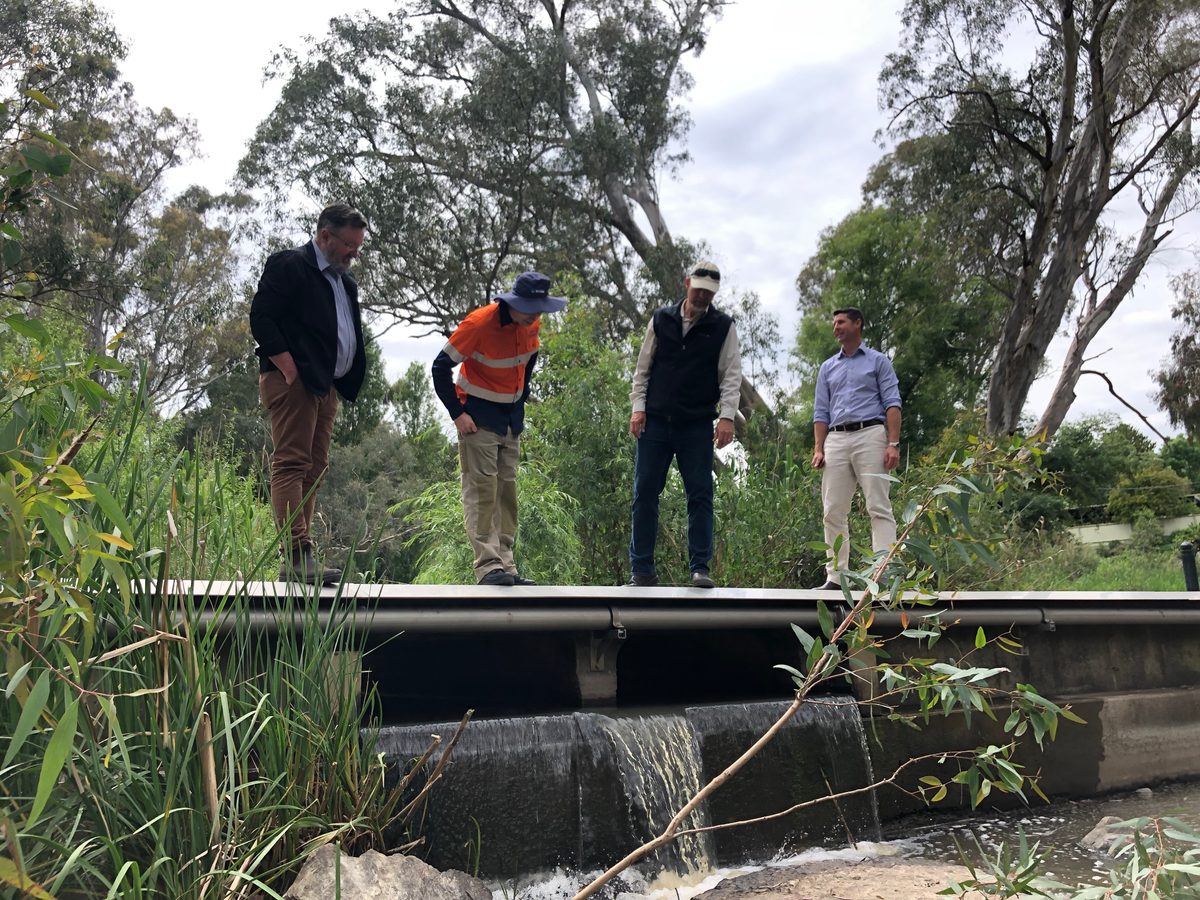Landscape Board facilitating water equity
Are you planning to build a structure or carry out an activity that could impact a water resource? You might be planning what is referred to as a ‘water affecting activity’ and will need to apply for a permit.
The Hills and Fleurieu Landscape Board (HFLB) recognises that water is vital to the health of the environment and ecosystems, as well as being a precious shared resource for landholders and farmers throughout the Mount Lofty Ranges and Fleurieu Peninsula.
Getting the balance right between leaving enough water to sustain water-dependant ecosystems and the amenity of our landscapes, while providing water to support agricultural productivity across the region, requires careful management.
What are water affecting activities?
- Activities that can impact water quality or quantity for neighbouring properties or other water users.
- Activities that have adverse impacts on the health and condition of water resources and the ecosystems that depend on them.
- Activities that obstruct, divert or impede the natural systems of a watercourse or floodplain.
Water affecting activities can reduce flows to downstream users, change the timing of flows to water-dependent ecosystems, reduce water quality or increase erosion and sedimentation of watercourses and their surrounding areas.
Examples of water affecting activities include ford and culvert crossings, vegetation planting or removal, modifications or repair works to existing dams, and depositing material or brine into a watercourse.
What is a watercourse?
A watercourse refers to a river, creek, or other natural watercourse in which water is contained or flows. This includes all of the ephemeral (dry most of the year) or seasonal watercourses, and dams or reservoirs. Watercourses are not always obvious or readily identifiable, but it is important to remember that all watercourses regardless of size, appearance or seasonality play an important role in supplying and sustaining a catchment.
Almost all water affecting activities require a permit.
HFLB Team Leader Water Resources Paul Wainwright asks landholders to contact the board for clarification and advice when planning to undertake activities that may be considered water affecting.
“Our team regularly fields a range of enquiries regarding modifications to watercourses and dams.
“The board is the approving body for water affecting activities, not your local council. While the application process is relatively straightforward, it is always best to apply early. We can provide advice which may potentially save you time and money down the track.
“Ultimately, the landholder is responsible to ensure permits are obtained where necessary, although contractors can apply on the landholder’s behalf,” he said.
There are over twenty-thousand dams across the Mount Lofty Ranges and Fleurieu Peninsula
Due to high number of existing dams and their potential impact to sensitive water-dependant ecosystems, applications for new or enlarged dams are generally not being approved at this time. However, applications to reconfigure dams to improve on-farm efficiencies are encouraged.
To find out more about water affecting activities including fact sheets and frequently asked questions about the application process, visit www.landscape.sa.gov.au/hf/waa or call the Hills and Fleurieu Landscape Board offices in Mount Barker (8391 7500) or Willunga.




